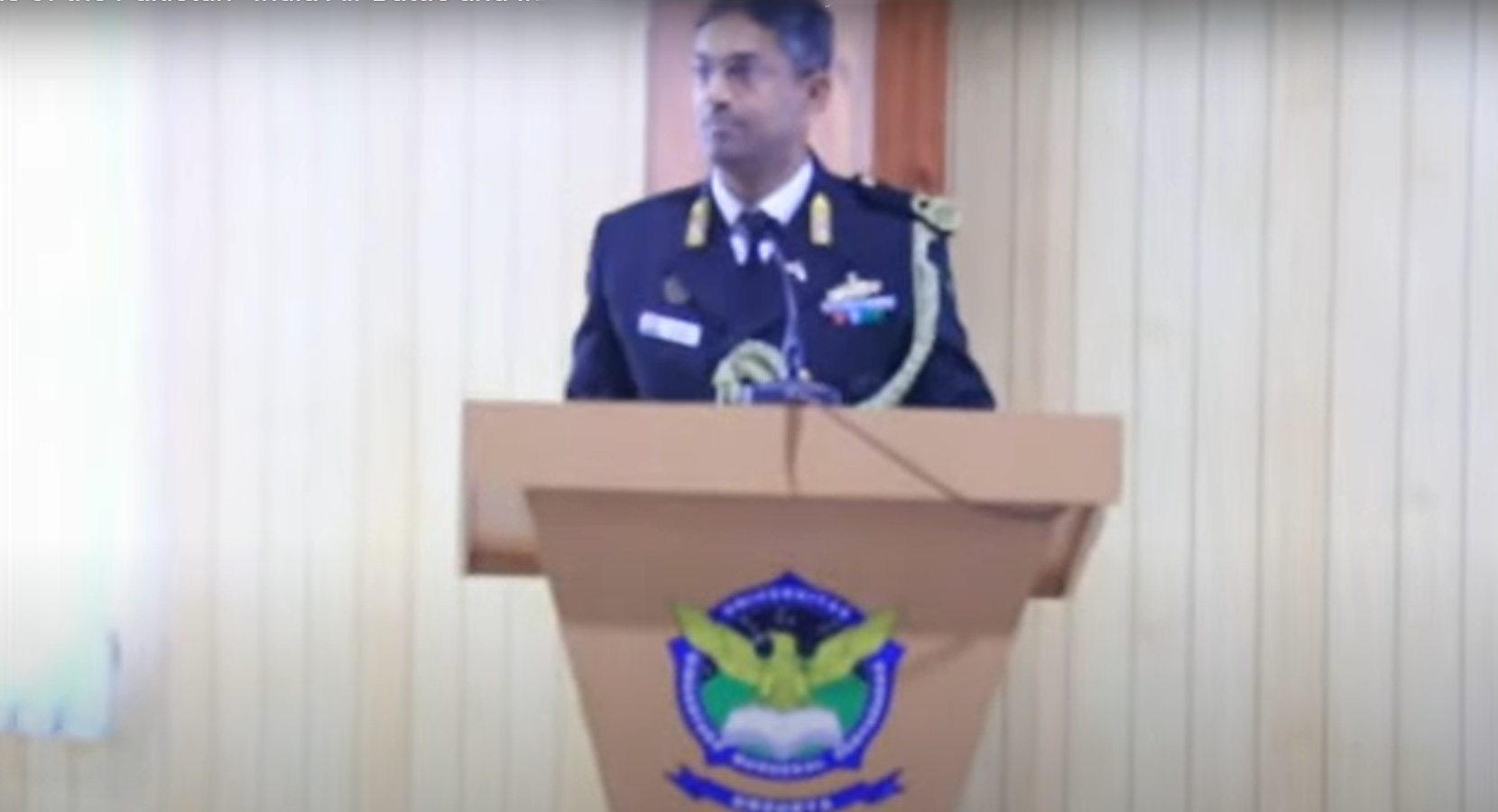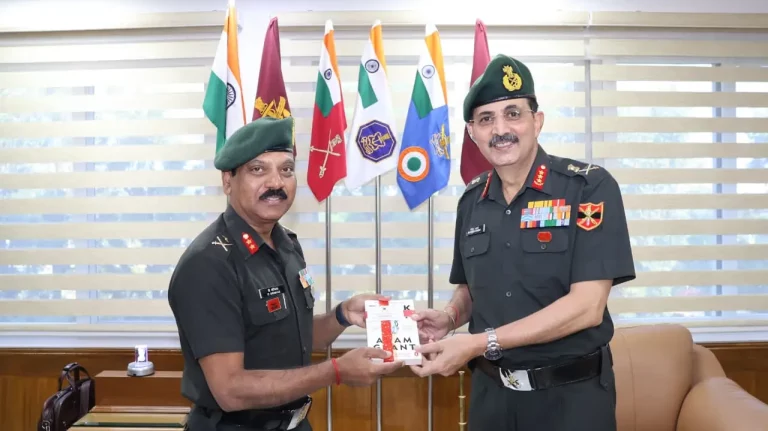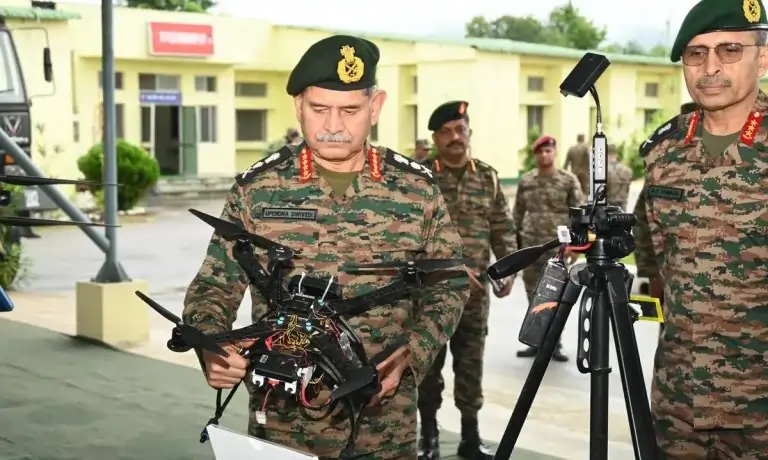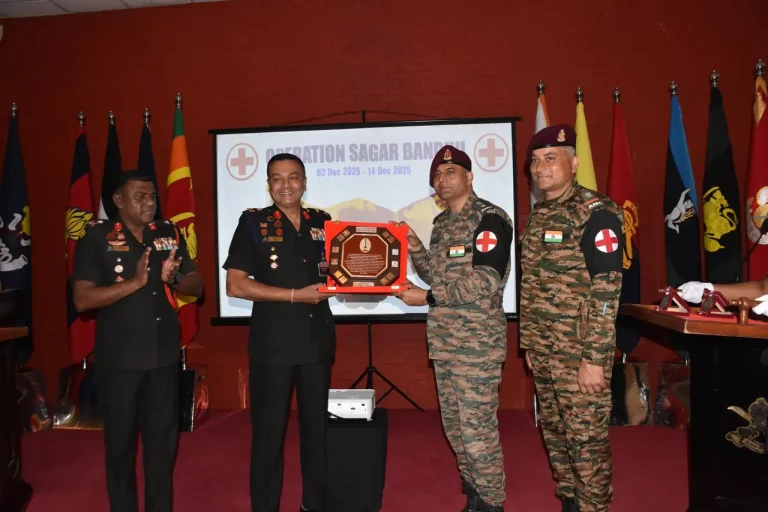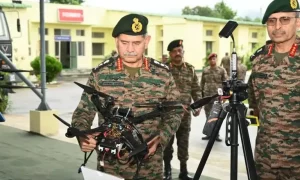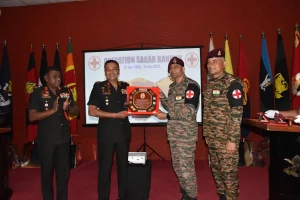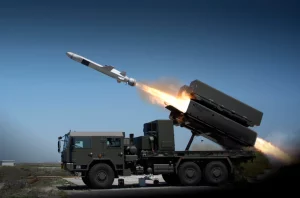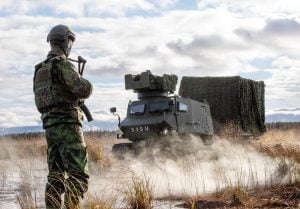In a striking revelation, the Defence Attaché of India to Indonesia, Captain (IN) Shiv Kumar, has confirmed that the Indian Air Force (IAF) incurred losses of fighter jets during the May 2025 air conflict with Pakistan, directly attributing these losses to political constraints set by Indian leadership. Speaking at a seminar titled ‘Analysis of the Pakistan–India Air Battle and Indonesia’s Anticipatory Strategies from the Perspective of Air Power’ at Universitas Dirgantara Marsekal Suryadarma, Kumar elaborated on how directives influenced the operational capabilities of the IAF.
During his 35-minute presentation on June 10, Kumar expressed a nuanced view regarding the conflict, stating, “Even though I may not agree that we lost so many aircraft, I do agree we did lose some.” This admission came in the wake of heightened regional interest surrounding the air conflict termed Operation Sindoor, following a deadly attack in Kashmir that prompted India to target Pakistan-based terror infrastructure.
Kumar indicated that explicit instructions were given to Indian pilots to refrain from engaging Pakistani military assets or air defense systems. This strategic limitation was ostensibly designed to prevent further escalation, particularly in a context where both nations possess nuclear capabilities. He stated, “The constraint given by the political leadership was not to attack the military establishment or their air defenses,” which characterized the initial phase of the conflict.
Contrary to these restrictions, Pakistani officials claimed they shot down six Indian jets, including advanced Rafale aircraft. Although Indian authorities acknowledged some losses, they refrained from disclosing specific numbers. The Indian political leadership’s assumption was that Pakistan would abstain from retaliatory actions if Indian strikes were confined to terror infrastructure, a presumption that ultimately proved to be faulty.
Kumar pointed out that, in stark contrast to India’s restraint, Pakistan had no such limitations and adapted its approach following India’s initial strikes. “After the loss, we changed our tactics and went for the military installations,” he added, referring to a significant offensive on May 10 where the IAF utilized BrahMos missiles and long-range munitions to target Pakistani air bases and infrastructure from safer distances.
General Anil Chauhan, the Chief of Defence Staff, later reiterated this sentiment during a statement made in Singapore. He emphasized that the primary concern lay not merely in the loss of aircraft but rather in the strategic decisions that led to those losses. “What is important is not the jet being down, but why they were being down,” he remarked, sharing insights with Bloomberg.
Captain Kumar’s candid comments shed light on the intricate balance between military operations and political directives, particularly within the framework of a nuclear environment. They also point to the Indian military’s agile reassessment, which enabled the IAF to regain air superiority in the latter stages of Operation Sindoor, effectively neutralizing critical enemy positions while minimizing potential risks.
